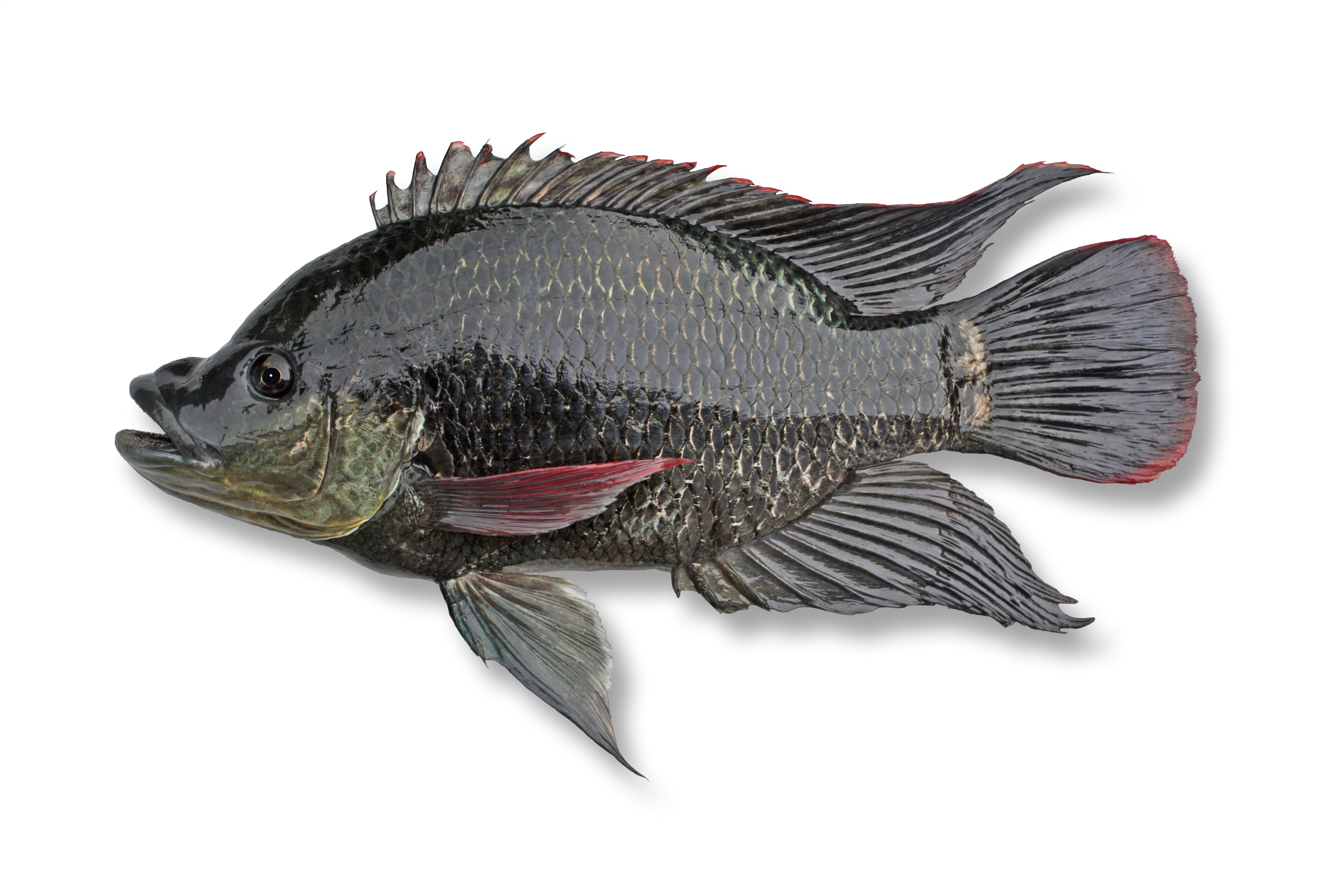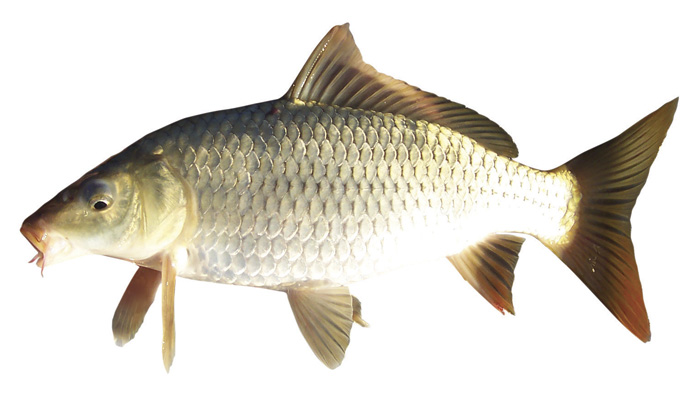Original story by Paul Willis at ABC Science
We could take steps to at least minimise the impact of climate change and population growth, but willful blindness to the current situation creates a poor vision for the future, argues Paul Willis.

Climate change is already effecting our ability to feed ourselves, but, if world population continues to rise we’re going to need more food from less land. Photo: no_limit_pictures/iStockphoto
Most futurists seem to be bedazzled by the possibilities of the gadgets and widgets of tomorrow. But I seriously wonder if there will be a future where the tech-heads can indulge their future fantasies.
A few recent articles and reports seriously question how much longer our culture and civilisation can continue. We’re looking down the barrel of environmental devastation on a scale that could shunt us into a very different world of conflict and survival. We may even be looking at our own imminent extinction. And we’re doing bugger all about it.
Recently Canberra-based science writer Julian Cribb wrote a lengthy piece in the Canberra Times where he asks “are we facing our own extinction?” This is the subject of a book he will be publishing later this year, but this summary still covers a broad canvass in search of an answer.
His central thesis is that climate change could well do the trick but that there are huge mitigating factors in human behaviour and our response to impending peril.
Climate change has already caused at least one extinction event — the Palaeocene-Eocene Thermal Maximum, PETM for short, when the Earth’s temperature increased by at least five degrees, and possibly as much as nine or 10 degrees. That was 50 million years ago.
I’d also offer the Permian Extinction some 250 million years ago which snuffed out 96 per cent of all marine species and 70 per cent of terrestrial vertebrate species. In both the PETM and Permian Extinction the culprit appears to be the greenhouse gas methane which was either released from gas hydrates or clathrates or, in the case of the Permian Extinction, a bloom of methanogenic bacteria, Methanosarcina, spurred on by volcanic activity.
According to Cribb, if all the methane currently stored as clathrates were to be released, global temperatures would increase by 16 degrees making most of the planet uninhabitable for humans. There would be some areas in the far north of Siberia and North America as well as parts of Antarctica that would remain within a temperature range that would allow humans to live, but those areas would have to not only house all humanity, it would also have to produce all the food needed to feed them. That’s not extinction, but a dramatic collapse in human populations. Under this scenario humanity would probably crash to a few million people at most.
This is an extreme scenario requiring all the gas hydrates to give up their methane but it could theoretically trigger such a dramatic change within a century. And, not that I’m trying to alarm you, but the accelerated release of methane from the Siberian tundra and in the Arctic seas has been observed to be well underway. These releases occur as plumes a few tens of metres in diameter but recently plumes have been seen that are 1000 metres across. And there are thousands of them.
The predictions from the Intergovernmental Panel on Climate Change (IPCC) do not usually include triggering the methane bomb. Instead they look at the release of CO2 and other climate changing factors. The conclusions of these more gentle changes to the climate are still sobering. Even if we were to stop releasing CO2 today, a temperature change of two degrees by mid century is already locked in. Our reactions to the effects of that more modest change could spell the difference between our extinction or survival. And the effects are already being felt.
Climate change is here
The most recent report of the IPCC chronicles the effects that climate change is already having on our planet.
An article from Smithsonian.com provides a good summation of the eight ways climate change hurts humans. Threats include increases in extreme heat waves, floods, droughts and wildfires as well as a decline in crop productions leading to food shortages. On top of that there are the spread of infectious diseases, mental illnesses as well as violence and conflicts. And remember, these are not predictions for what will happen in the future, they are effects that have already been measured.
So, for example, about 500 people died because of heat in Australian cities in 2011 (and that number is projected to 2,000 deaths per year by the middle of this century) while 112 million people worldwide were affected by floods in 2011, including 3140 people who were killed.
It’s well known that some governments and institutions dismiss or completely ignore the IPCC and any of its reports, but that’s not the view of the World Bank. The bank’s president, Jim Yong Kim, is worried that climate change is affecting worldwide access to food and water. He’s concerned that there will be battles over food and water around the world within the next decade and all because of climate change. Further, he’s also concerned that not enough research is being conducted into renewable energy and other solutions to climate change.
These concerns are shared by US Centre for Strategic and International Studies in their report The Age of Consequences: The Foreign Policy and National Security Implications of Global Climate Change. In their assessment a rise of 2.6 degree in global temperatures will result in nations being overwhelmed by the scale of change.
Nations will be under great stress due to a dramatic rise in migration including displaced coastal communities as well as changes in agriculture and water availability. These stresses could lead to armed conflict between nations over dwindling resources and that includes the possibility of nuclear conflicts.
We are on track for an increase of more than two degrees around the middle of the century. The report goes on to consider a world with a five-degree increase and concludes the consequences are “inconceivable”. At the current rate of change, we should be there by 2100.
Add population growth
So let’s now join climate change’s apocalyptic twin: population.
The problems of feeding the world in the future are outlined in a piece by Professor William Laurance, from James Cook University.
Unless something unforeseen happens, the world population will be around 11 billion people at the end of the century and current projections suggest that the global demand for food will double by 2050. To meet that demand using existing agricultural practices will require around one billion hectares of new farming land. That’s an area a little bit bigger than Canada. But remember that climate change and other factors will result in a decrease in the extent of arable land available for agriculture. That’s a bleak combination.
There is another scenario on offer but it has its own set of complications. The preferred future proffered by organisations such as the UN’s Food and Agriculture Organization is to inject technology into the equation and ‘turbocharge farming’. This ought to be particularly effective in developing countries where crop yields on small holdings are low. Inject fertilisers, irrigation, and modern methods and equipment and we could double or even possibly triple crop yields and meet 2050’s projected food demands.
So where’s the catch to this get out of jail free card? It’s the energy required to roll out intensive farming around the world (as well as the aforementioned decline in arable land due to climate change). The link between energy and intensive farming practices accounts for the bulk of fluctuations in the cost of food. Fuel prices are most likely to go up in the future and food prices will follow. And most of the fuel used in agriculture is oil that we ought to stop using because of its contribution to climate change. We could switch to biofuels, but that then feeds back into the problem of using precious arable land to produce the fuel at the expense of producing food crops.
What’s the plan?
So let’s bring this all together. Climate change is locked in and already effecting our ability to feed ourselves. But, if world population continues to rise (and there’s no way that it won’t) we’re going to need more food from less land. I can’t see how these realities can play out in any other way than a calamity. It may not end in the extinction of our species (which is a distinct possibility if nuclear war were to break out over access to dwindling resources), but it certainly can’t end happily.
And my main concern at the moment is that no world leaders are looking at this oncoming train-wreck and planning to do something about it. There are steps we could take to at least minimise the size of the coming calamity, such as rolling out zero carbon economies and investing in agricultural research that could feed more with less. But the most common response is no response at all. Willful blindness to our current situation creates a poor vision for the future.
As Julian Cribb puts it “…humanity isn’t sleep-walking to disaster so much as racing headlong to embrace it. Do the rest of us have the foresight, and the guts, to stop them?
Our ultimate survival will be predicated entirely on our behaviour — not only on how well we adapt to unavoidable change, but also how quickly we apply the brakes.”










